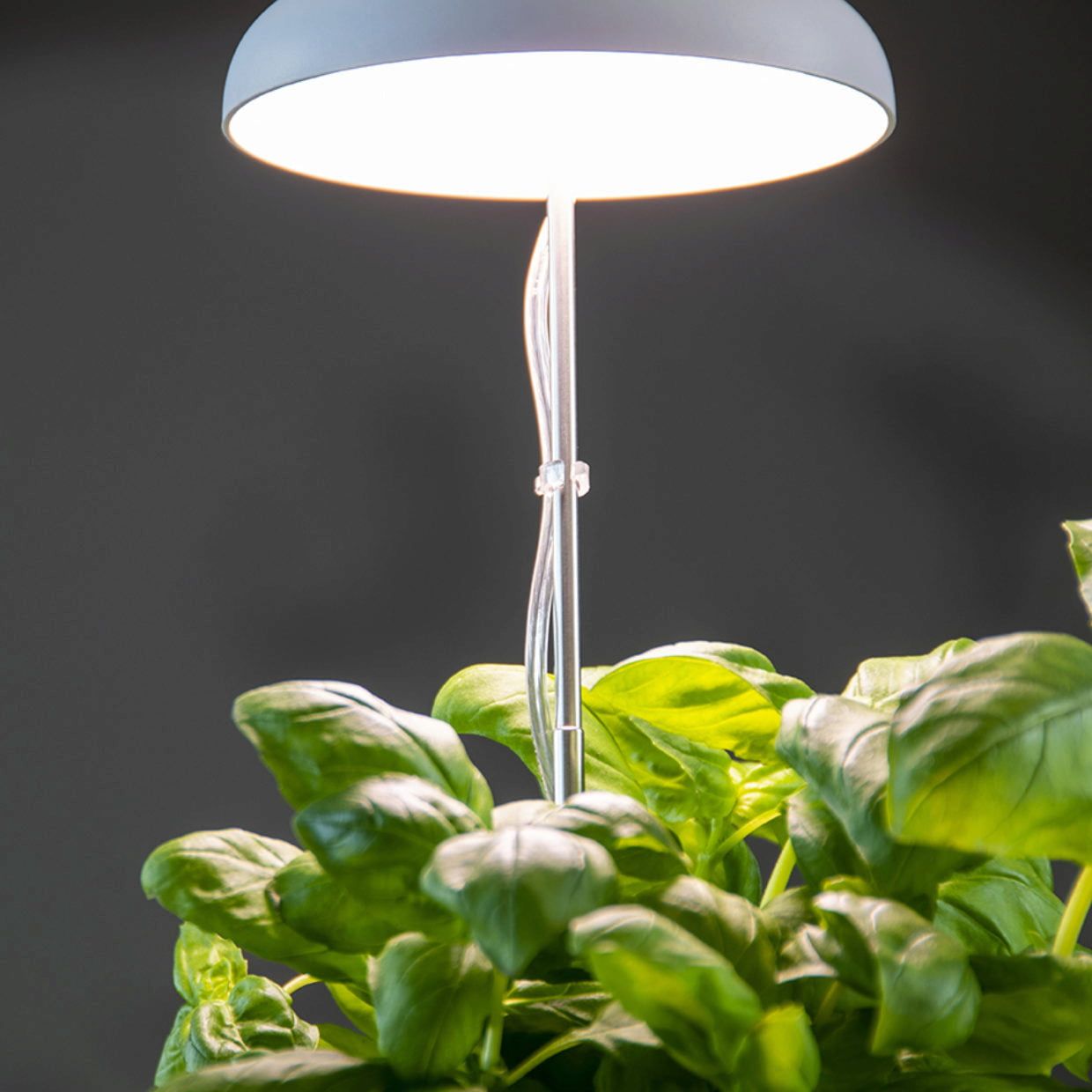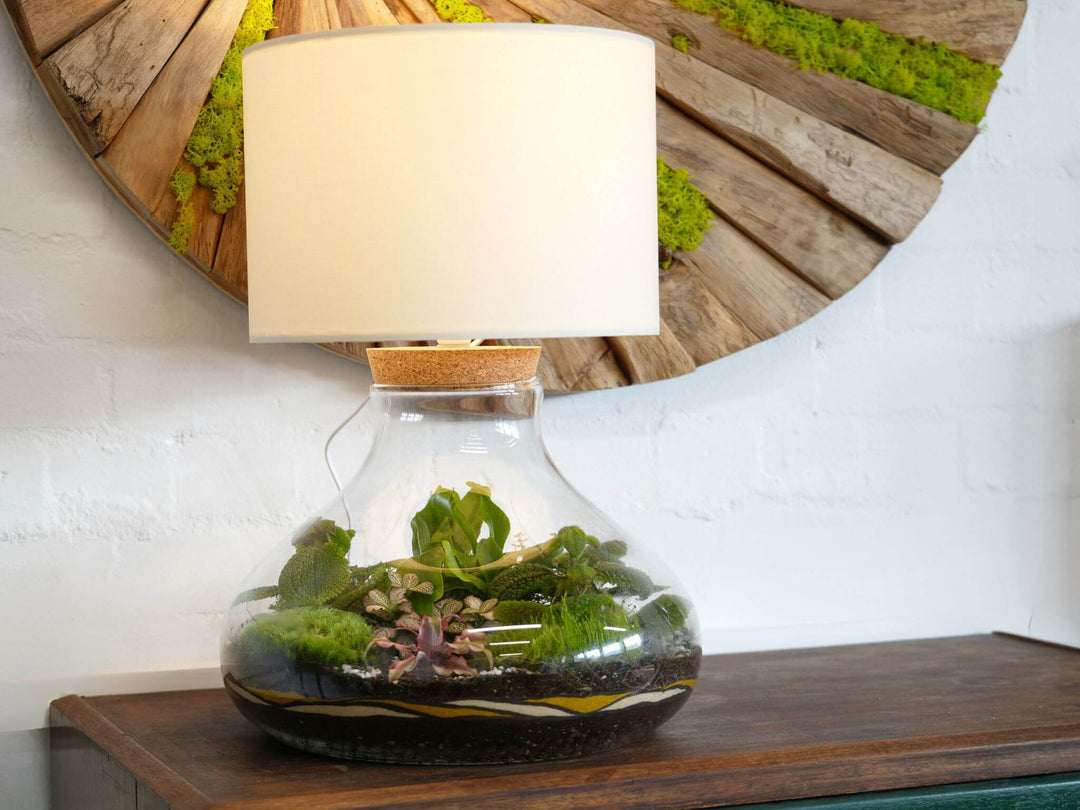“`html
Illuminating Growth: A Comprehensive Guide to plant Lamps
Illuminating Growth: A Comprehensive Guide to Plant Lamps
In the realm of indoor gardening, plant lamps have emerged as indispensable tools, transforming spaces into thriving botanical sanctuaries. Whether you’re a seasoned horticulturist or a budding enthusiast, understanding the intricacies of plant lamps is crucial for cultivating healthy and vibrant plants. This comprehensive guide delves into the science, technology, and practical applications of plant lamps, empowering you to make informed decisions and optimize your indoor garden.
The Science of Light and Photosynthesis
At the heart of plant growth lies photosynthesis, the process by which plants convert light energy into chemical energy. This process relies on specific wavelengths of light, primarily red and blue, which are absorbed by chlorophyll, the pigment responsible for capturing light energy. Understanding the light spectrum is paramount when selecting plant lamps.
The Photosynthetic Active Radiation (PAR) Spectrum

PAR refers to the range of light wavelengths (400-700 nanometers) that plants use for photosynthesis. Within this range, blue light (400-500nm) promotes vegetative growth, while red light (600-700nm) stimulates flowering and fruiting. Plant lamps designed for optimal growth emit a balanced spectrum of PAR light.
Light Intensity and Duration
Light intensity, measured in micromoles per square meter per second (µmol/m²/s), determines the amount of light reaching the plant. Light duration, or photoperiod, refers to the number of hours a plant receives light each day. Different plants have varying light requirements, necessitating careful consideration of both intensity and duration.
Types of Plant Lamps

The market offers a diverse array of plant lamps, each with its unique characteristics and applications. Choosing the right type depends on your specific needs and the plants you intend to grow.
LED Plant Lamps
LED (Light Emitting Diode) plant lamps have revolutionized indoor gardening due to their energy efficiency, long lifespan, and customizable spectrum. They emit specific wavelengths of light, allowing for precise control over the light spectrum. LED technology also produces less heat, reducing the risk of damage to plants.
Fluorescent Plant Lamps

Fluorescent plant lamps, including T5 and CFL (Compact Fluorescent Lamp) bulbs, are a cost-effective option for beginners. They emit a broad spectrum of light, suitable for vegetative growth and seedlings. However, they are less energy-efficient than LEDs and may require frequent replacement.
High-Intensity Discharge (HID) Plant Lamps
HID plant lamps, such as High-Pressure Sodium (HPS) and Metal Halide (MH) lamps, are powerful light sources suitable for large-scale indoor gardens. HPS lamps emit a predominantly red spectrum, ideal for flowering, while MH lamps emit a blue-rich spectrum, suitable for vegetative growth. However, HID lamps generate significant heat and consume more energy than LEDs.
Selecting the Right Plant Lamp
Choosing the appropriate plant lamp involves considering several factors, including the type of plants, the size of the growing area, and the desired growth stage.
Plant Type and Growth Stage
Different plants have varying light requirements. Leafy greens, for instance, require less intense light than flowering plants. The growth stage also influences light requirements, with seedlings needing less light than mature plants.
Growing Area Size
The size of the growing area determines the number and wattage of plant lamps required. Larger areas necessitate more powerful lamps or a greater number of smaller lamps to ensure adequate light coverage.
Light Spectrum and Intensity
Select plant lamps that emit a balanced spectrum of PAR light, including both red and blue wavelengths. The intensity of light should be appropriate for the specific plants and growth stage. Consider adjustable lamps that allow for customization of the light spectrum and intensity.
Energy Efficiency and Heat Output
Opt for energy-efficient plant lamps, such as LEDs, to minimize electricity consumption. Consider the heat output of the lamps, especially in enclosed growing areas. High heat output can damage plants and necessitate additional ventilation.
Setting Up Your Plant Lamp
Proper setup of your plant lamp is crucial for optimal plant growth. This involves considering the distance between the lamp and the plants, the duration of light exposure, and the ventilation of the growing area.
Distance from Plants
The distance between the plant lamp and the plants affects the intensity of light reaching the plants. Too close, and the plants may experience light burn; too far, and they may not receive enough light. Consult the manufacturer’s instructions for recommended distances.
Light Duration
The duration of light exposure, or photoperiod, should be tailored to the specific plants. Most plants require 12-16 hours of light per day, with some requiring longer or shorter periods. Use a timer to automate the light cycle.
Ventilation
Adequate ventilation is essential to prevent heat buildup and ensure proper air circulation. This is especially important for high-heat lamps, such as HID lamps. Consider using fans or ventilation systems to maintain a comfortable growing environment.
Maintaining Your Plant Lamp
Regular maintenance of your plant lamp ensures optimal performance and longevity. This includes cleaning the lamps, checking the bulbs, and monitoring the light intensity.
Cleaning and Inspection
Clean the lamps regularly to remove dust and debris, which can reduce light output. Inspect the bulbs for damage or wear and replace them as needed.
Light Intensity Monitoring
Monitor the light intensity using a light meter to ensure that the plants are receiving adequate light. Adjust the distance or intensity of the lamps as needed.
Bulb Replacement
Replace bulbs according to the manufacturer’s recommendations. Over time, bulbs lose their intensity and spectrum, affecting plant growth.
Troubleshooting Common Issues
Even with careful planning and setup, you may encounter issues with your plant lamps. Understanding common problems and their solutions can help you maintain a healthy indoor garden.
Light Burn
Light burn occurs when plants receive too much light intensity, resulting in scorched leaves. Adjust the distance or intensity of the lamps to reduce light exposure.
Leggy Growth
Leggy growth, characterized by elongated stems and sparse leaves, indicates insufficient light. Increase the light intensity or duration to promote compact growth.
Yellowing Leaves
Yellowing leaves can be caused by various factors, including nutrient deficiencies, overwatering, and insufficient light. Ensure that the plants are receiving adequate light and nutrients.
Mold and Mildew
Mold and mildew thrive in humid and poorly ventilated environments. Improve ventilation and reduce humidity to prevent these issues.
Advanced Techniques and Considerations
For advanced indoor gardeners, several techniques and considerations can further optimize plant growth using plant lamps.
Light Spectrum Customization
LED plant lamps allow for precise customization of the light spectrum. Experiment with different ratios of red and blue light to optimize growth for specific plants and growth stages.
Light Moving Systems
Light moving systems, such as light movers, can distribute light more evenly across the growing area, maximizing light utilization and reducing the risk of light burn.
Supplemental Lighting
Supplemental lighting can be used to enhance natural sunlight, especially in areas with limited sunlight. This can extend the growing season and improve plant growth.
Hydroponic Systems
Plant lamps are commonly used in hydroponic systems, where plants are grown without soil. Hydroponic systems allow for precise control over nutrients and light, maximizing plant growth and yield.
Conclusion
Plant lamps are essential tools for indoor gardening, enabling you to cultivate healthy and vibrant plants regardless of the season or location. By understanding the science of light and photosynthesis, selecting the right type of plant lamp, and implementing proper setup and maintenance, you can create a thriving indoor garden. Whether you’re growing vegetables, herbs, or ornamental plants, plant lamps provide the light energy necessary for optimal growth and development. With careful consideration and attention to detail, you can illuminate your indoor garden and reap the rewards of a flourishing botanical sanctuary.
“`
